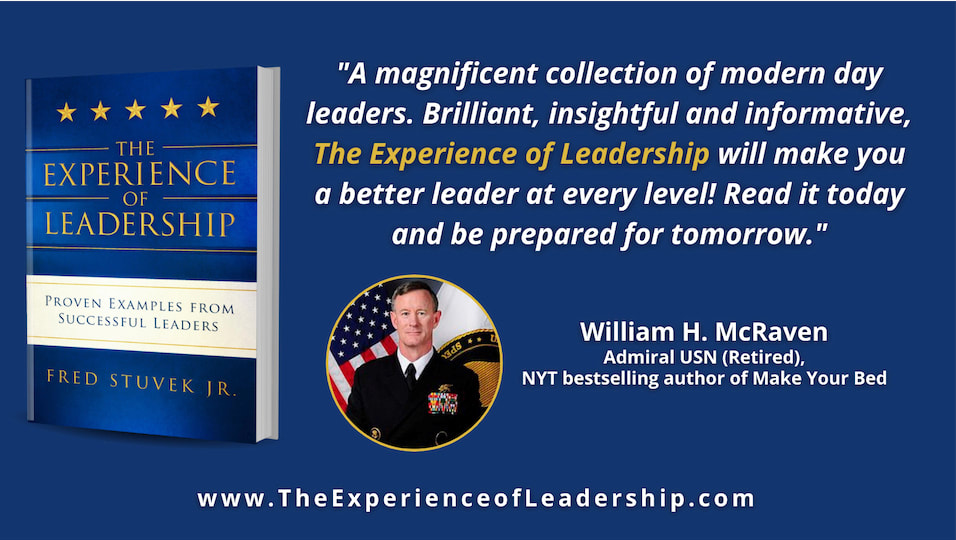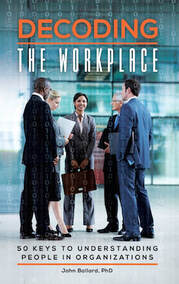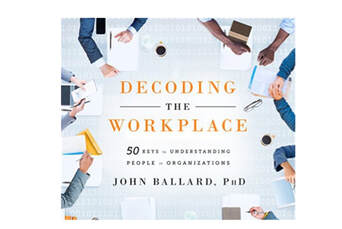
The Pearl Jam concert was over. I found my way to my car, started the engine, and headed toward the exit. One car was in front of me. But the car in front of me could not get into the exiting line. Cars from elsewhere in the parking lot continued to fill the exit line. The car in front of me was stuck.
I noticed the entrance to the parking lot was not being used. Who is going to come into an emptying parking lot after a rock concert? Besides, at some venues patrons are encouraged to exit using both the exit and entrance. So I moved around the car to exit the parking lot using the entrance lane. A policeman stood there. He halted me and the exit lane for a moment and then signaled both of us to move out into the street, directing my car to the outer lane of the street, the exit lane to the inner. I was out of the parking lot and out of the congested area within minutes.
So why did others not seen the parking lot entrance as an exit to the street? Functional fixedness. An entrance is an entrance. An exit is an exit. We see something as being used for one thing and that precludes us from seeing how it could be used in other ways.
In his classic experiments Duncker had people try to mount a candle or candles on a door. Some people had a box of candles, matches, and a box of tacks. Others were given a box of candles, matches, tacks on a table, and an empty box – and they solved the problem more often and more quickly. Why the difference? The first group perceived a box as a box, something that holds items. The second group saw the empty box as something that could be tacked to the wall to hold a candle. Because the empty box was not being used as a box, it was more easily reframed and repurposed.
Anyone who has seen the movie Apollo 13 (based on actual events) has seen the concept of functional fixedness turned on its head. Problems had to be solved. The landing module became the main cabin. Round holes had to take square pegs so carbon dioxide could be removed from the air. Things had to be used for purposes other than those intended.
My take-away:
How often do we frame something, someone, some situation in only one way? There are times when if we “let go” of seeing that one way, we might see more effective, more efficient ways. Some people have skills and abilities that do not get used because that is not how we see those people. We do not provide them opportunities to show their skills. Sometimes we need to think about the meanings we are giving, the perceptions we have formed – and perhaps see things anew.
Duncker, K. (1945). On problem-solving (L. S. Lees, Trans.). Psychological Monographs, 58 (5, Whole No. 270).
King, M. J. (1997). Apollo 13 creativity: In-the-box innovation. Journal of Creative Behavior, 31(4), 299-308.
Image by T. Takemoto from http://www.flickr.com/photos/nihonbunka/5817226337/
Used with permission: http://creativecommons.org/licenses/by-nc/2.0/deed.en
Modified from my blog, 10/21/2013. © John Ballard, PhD, 2022. All rights reserved.
_________________________
Decoding the Workplace “Is this a must-have for managers and would-be managers? Yes.” Academy of Management Learning & Education, June, 2018. Available as ebook, hardback, paperback, audiobook, and audio CD. The best-selling audiobook, and CD, are narrated by Timothy Andrés Pabon.












 RSS Feed
RSS Feed